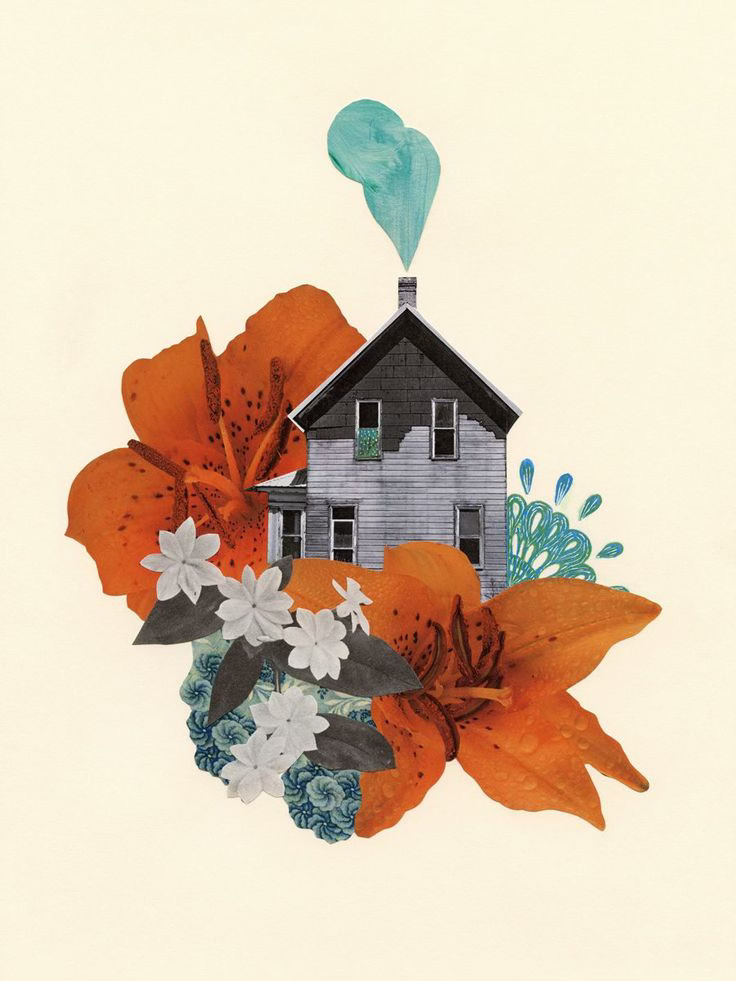The Art of Returning
on coming back to oneself after periods of intense crisis
A reminder: REASONS FOR LIVING with Esmé Weijun Wang is a newsletter that comes out every other week and is free, featuring a guest essay, poem, piece of visual art, and journal prompt. These things all hang together in one singular edition.
On the days when REASONS FOR LIVING is not sharing those things, I share a personal essay that is indeed paywalled. This is for a number of reasons: some of my personal essays are quite personal, and I like the idea of a bit of protection; also, it was promised near the beginning of the year that paying subscribers would receive a paywalled personal essay every other week, and I am trying to keep that promise. Paying members also get to participate in my monthly Fireside Chats, which explore some aspects of creativity and life.
We are currently in a strange time over here, which is why the newsletter has taken a different shape—right now, I’m mostly consumed with thinking about C and what is going on with his health. I plan to return to our regularly scheduled program soon.
Also: I do provide comped subscriptions for people who are financially unable to afford the $7/month for a paid subscription. No evidence is required (I trust y’all!). DM me with your request for a comped subscription email address in this format: name [at] gmail [dot] com, and I’ll get back to you as soon as possible.
Last week, as we seemed to be headed into the vortex of a scheduled stem cell boost and an arduous, painful second bone marrow transplant, I was pursued incessantly by the first line of Elizabeth Bishop’s “One Art.” The art of losing isn’t hard to master. Because that was what I feared, of course: it felt as though we were shedding everything, including our sanity and the remainder of 2025; it seemed as though we, and of course, C most primarily, would be swallowed again by the needs of the disease. And clinging to the back of my mind, reaching out with its sinister tentacles, was the most frightening loss of this health crisis, which trying not to think about was only a partially successful activity.
On WhatsApp with a friend, I read her “One Art” (poetry is in my life more than ever now; poetry is the companion in the foxhole):
ONE ART
BY ELIZABETH BISHOP
The art of losing isn’t hard to master;
so many things seem filled with the intent
to be lost that their loss is no disaster.Lose something every day. Accept the fluster
of lost door keys, the hour badly spent.
The art of losing isn’t hard to master.Then practice losing farther, losing faster:
places, and names, and where it was you meant
to travel. None of these will bring disaster.I lost my mother’s watch. And look! my last, or
next-to-last, of three loved houses went.
The art of losing isn’t hard to master.I lost two cities, lovely ones. And, vaster,
some realms I owned, two rivers, a continent.
I miss them, but it wasn’t a disaster.—Even losing you (the joking voice, a gesture
I love) I shan’t have lied. It’s evident
the art of losing’s not too hard to master
though it may look like (Write it!) like disaster.
And then, all of a sudden, just when I’d taken my eye off the ball, I received a call from my husband asking if I’d seen the new bloodwork that came in that evening. After months of seeing C’s white blood cell count go from .2 to .4 to .2 to 0, seeing those blasted numbers hover inside the same tiny spectrum was an exhausting ritual. But then there was this:
Keep reading with a 7-day free trial
Subscribe to REASONS FOR LIVING with Esmé Weijun Wang to keep reading this post and get 7 days of free access to the full post archives.




